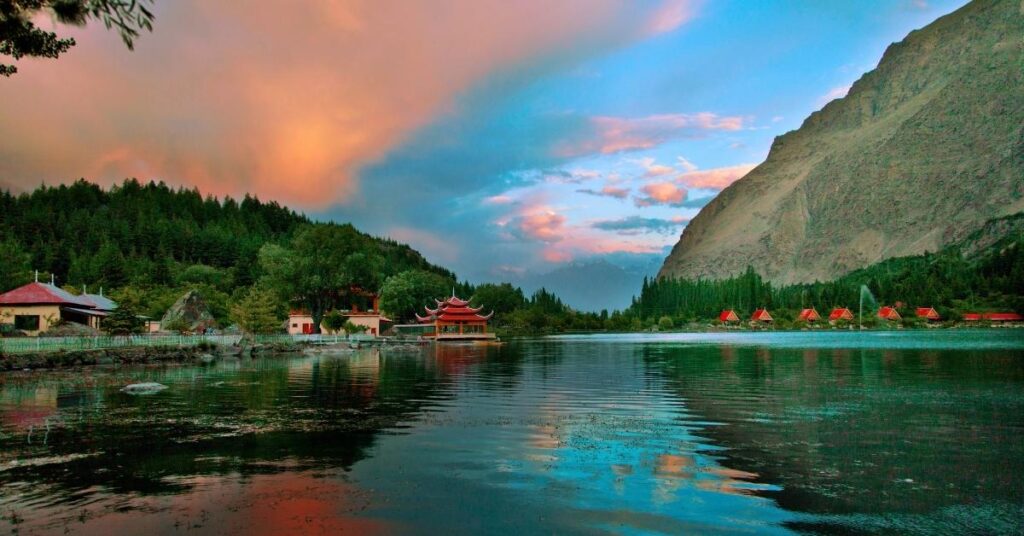If you’ve ever dreamt of a place with turquoise lakes, deserts at the foot of snowy peaks, and forts that touch the clouds, then you’ve dreamt of Skardu. Located in the heart of Gilgit-Baltistan, this isn’t just a destination; it’s an adventure. Skardu is the gateway to K2 and some of the world’s mightiest mountains, a land where giants of nature and history reside.
But planning a trip to such a majestic place can feel overwhelming. Where should you go? What can’t you miss?
I’ve created this guide to be your personal travel planner for an unforgettable journey. We’ll go beyond just a list of places and dive into the experiences that make Skardu a true once-in-a-lifetime trip.
10 Places to Visit in Skardu
Upper Kachura Lake
Just a short drive from its more famous sibling, Upper Kachura Lake offers a more raw and serene experience. This crystal-clear, deep blue lake is less crowded, making it ideal for those looking to connect with nature.
What to do: Go for an exhilarating boat ride across its vast expanse [25:38]. In the summer, you might even see brave locals taking a swim in its chilly waters.
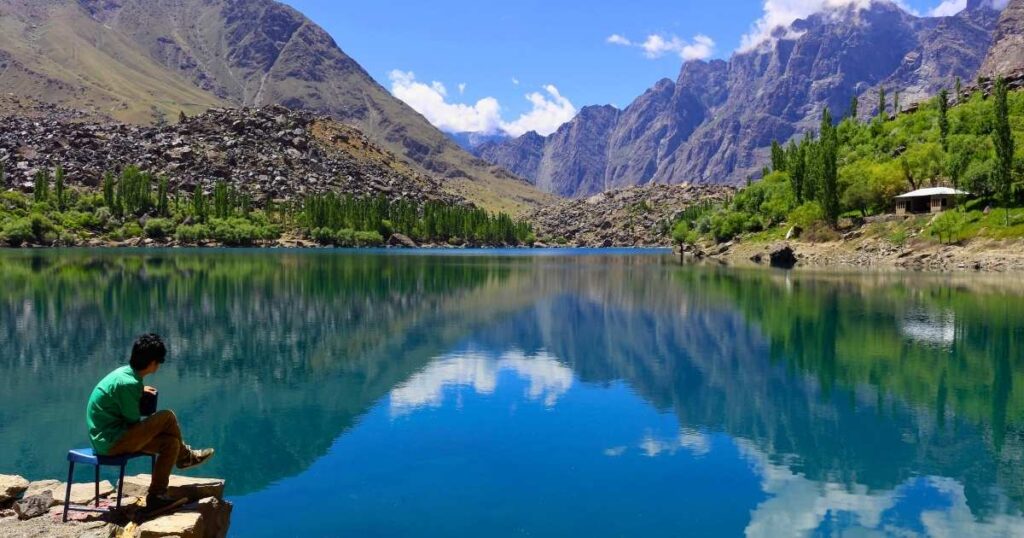
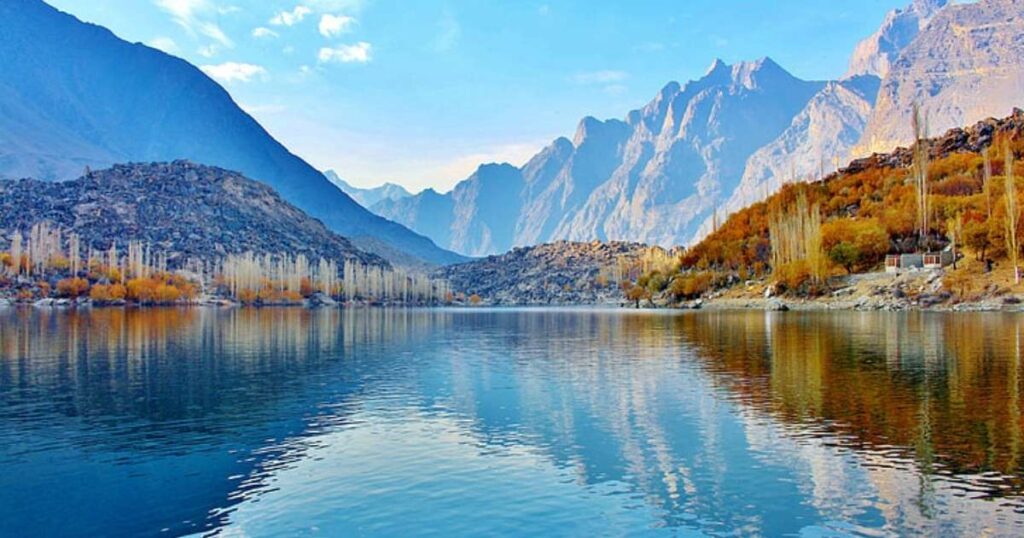
Lower Kachura Lake (Shangrila Lake)
This is the lake you’ve seen in all the photos, and it’s even more stunning in person. Known as Shangrila Lake [23:16], its centerpiece is the Shangrila Resort, famous for its unique restaurant built inside the fuselage of a crashed aircraft. The heart-shaped lake is surrounded by lush gardens and fruit-laden trees, making it the perfect spot for relaxation and photography.
What to do: Take a boat out on the calm waters, enjoy a coffee at the resort’s lakeside cafe, and capture that iconic photo.
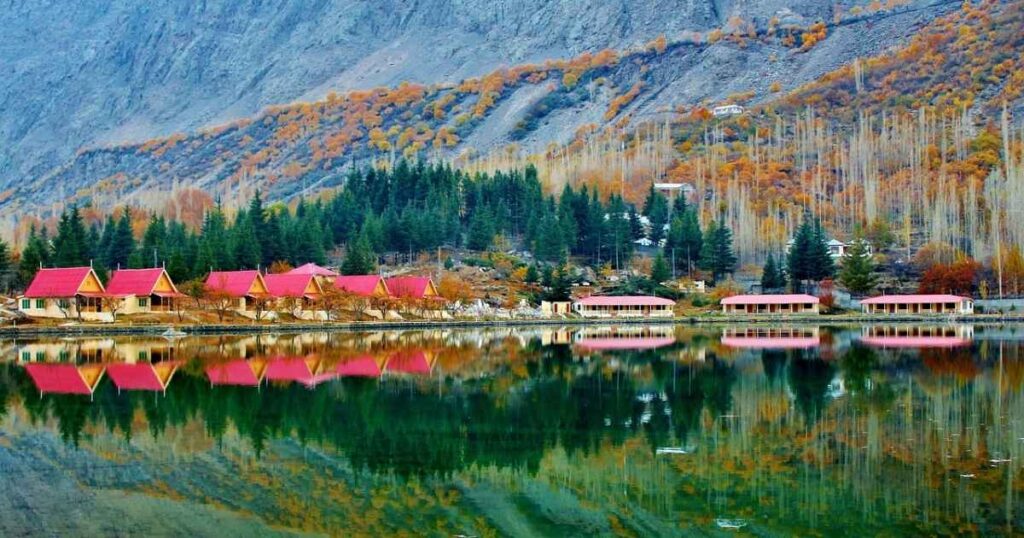
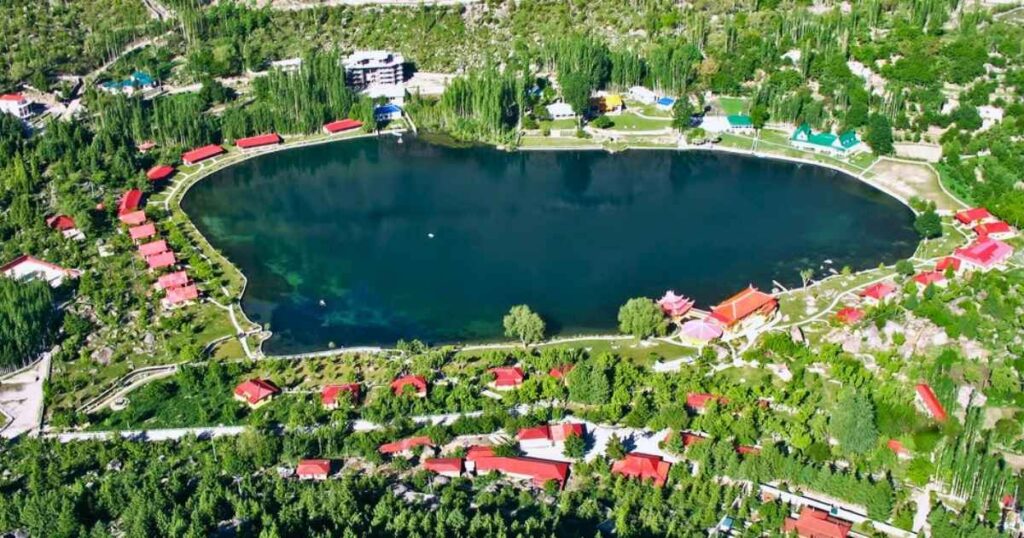
Deosai Plains
You can’t talk about Skardu without talking about Deosai. One of the highest alpine plateaus in the world, this “Land of Giants” is a vast, rolling landscape of wildflowers, crystal-clear streams, and unique wildlife. It’s a protected national park, home to the rare Himalayan brown bear and golden marmots. A jeep safari across these plains is an experience that will stay with you forever [13:16].
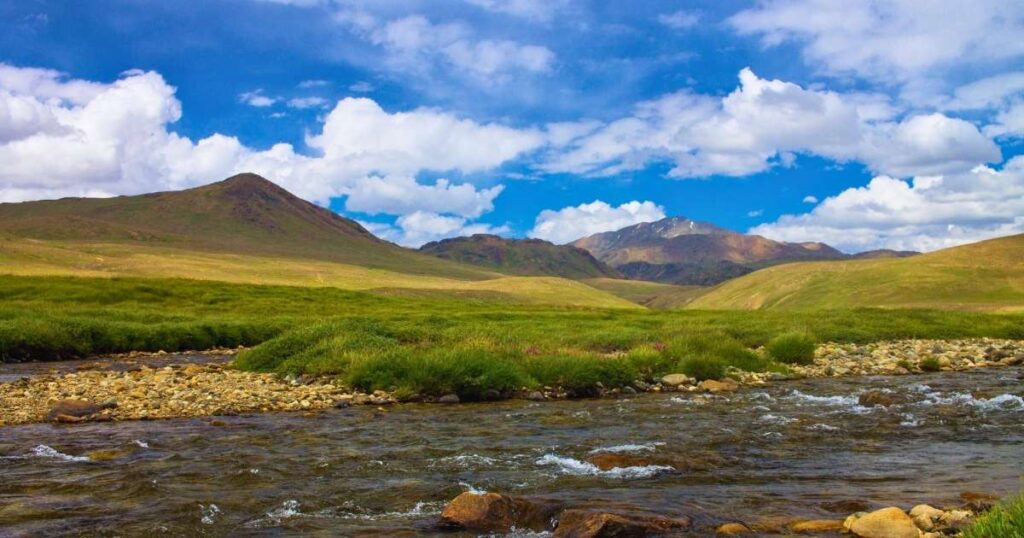
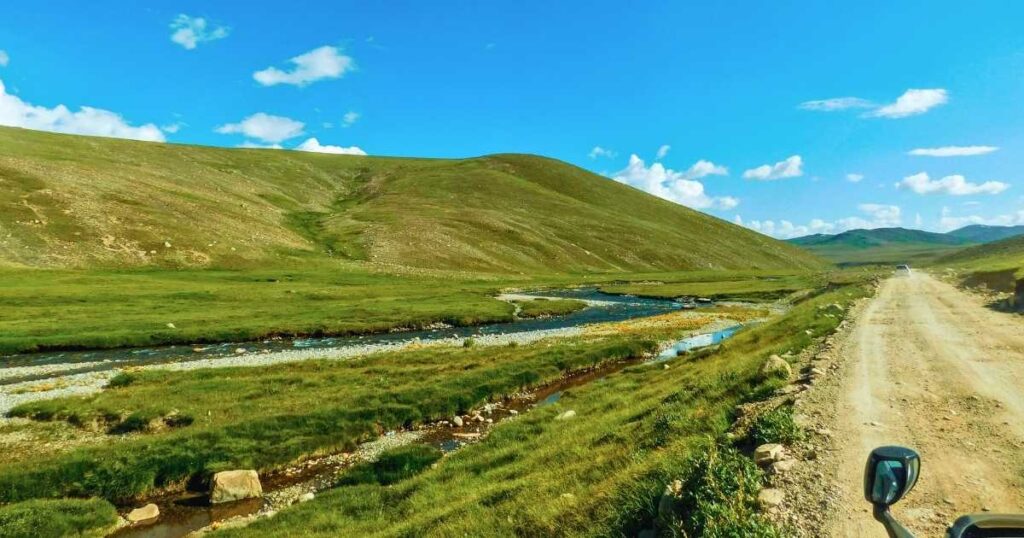
Satpara Lake
Fed by glacial melt, Satpara Lake shines with an incredible turquoise hue. Surrounded by rugged mountains, this massive freshwater lake is not just beautiful but is also the main water source for Skardu town.
What to do: It’s a fantastic spot for fishing, enjoying a peaceful picnic, or simply taking a walk along its shores.
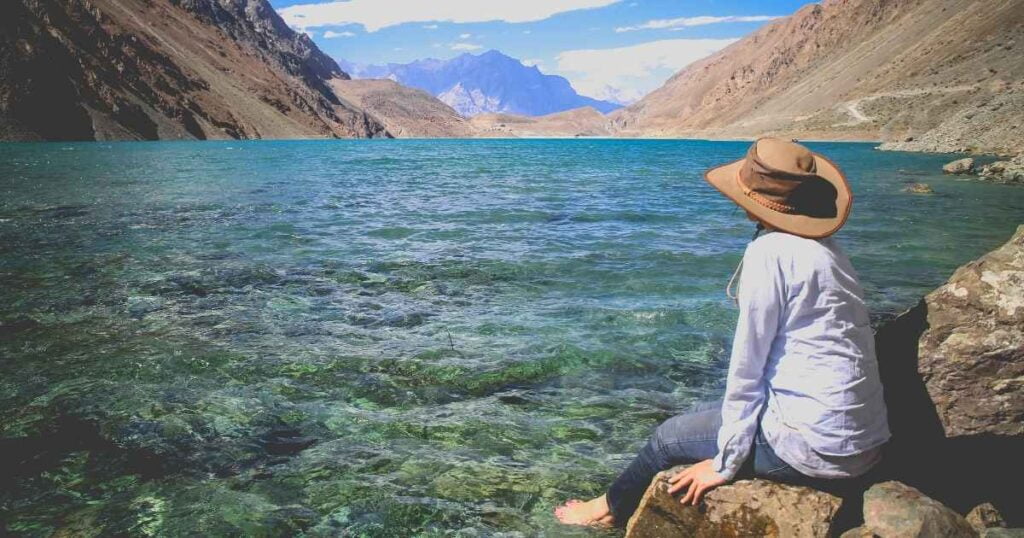

Khaplu Palace
Stunning example of Tibetan and Kashmiri craftsmanship, Khaplu Palace [15:25] is another historical gem. Now a museum and hotel, exploring its royal quarters and gardens feels like stepping back in time. Don’t leave without trying some of the delicious local food served here.
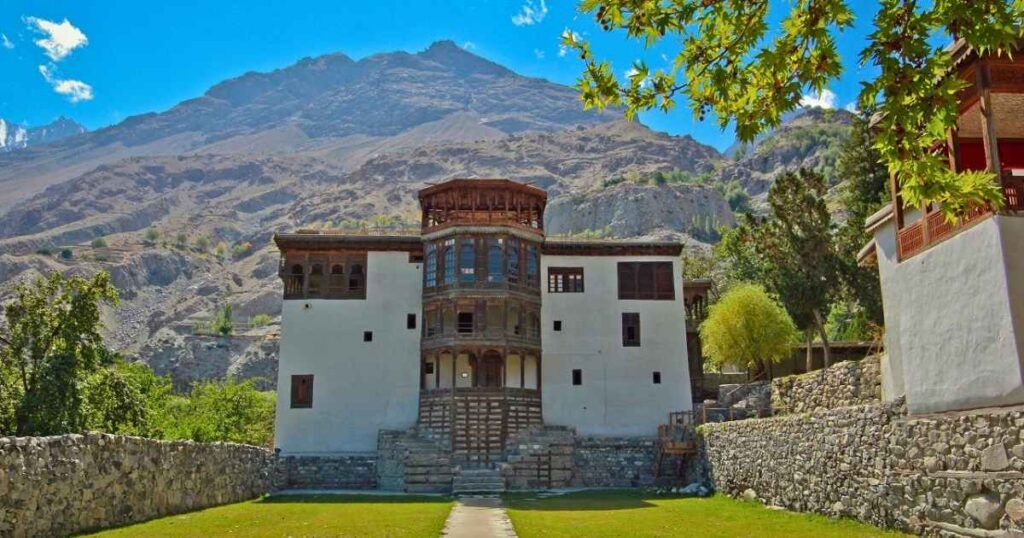
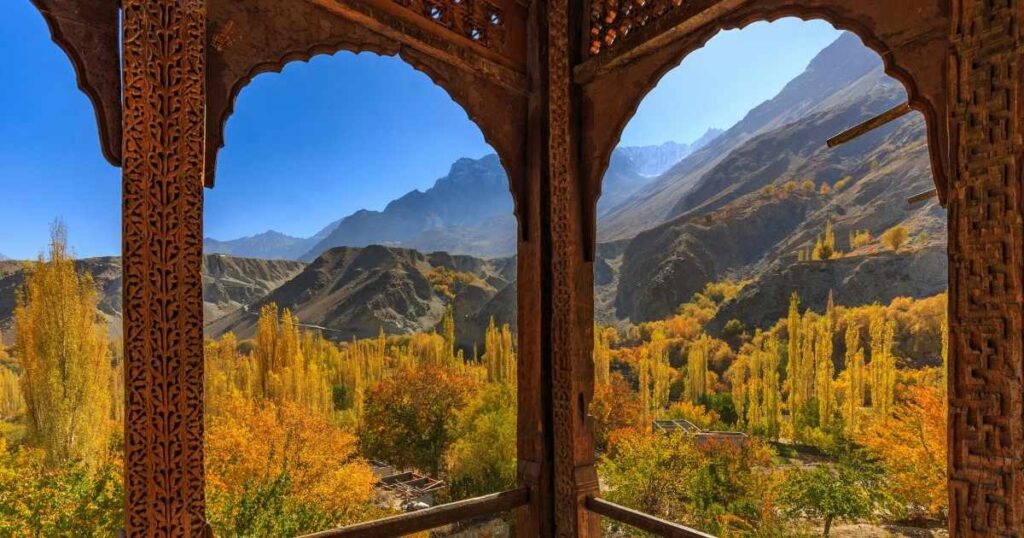
Kharpocho Fort
Dominating the skyline of Skardu town, Kharpocho Fort [01:59] lives up to its name. The steep, one-hour hike to the top is a rewarding challenge, offering the most breathtaking panoramic views of the entire valley, the Indus River, and the town below.
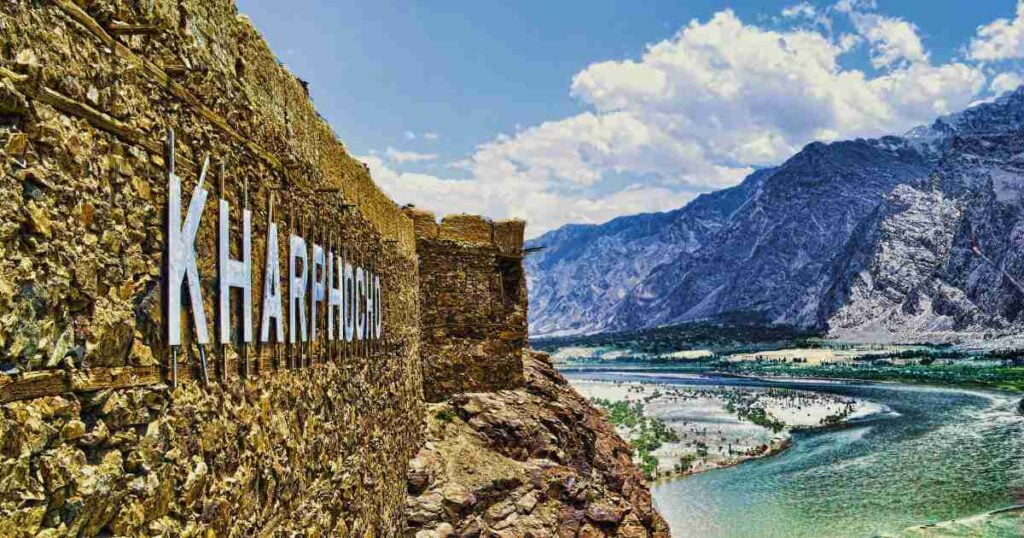
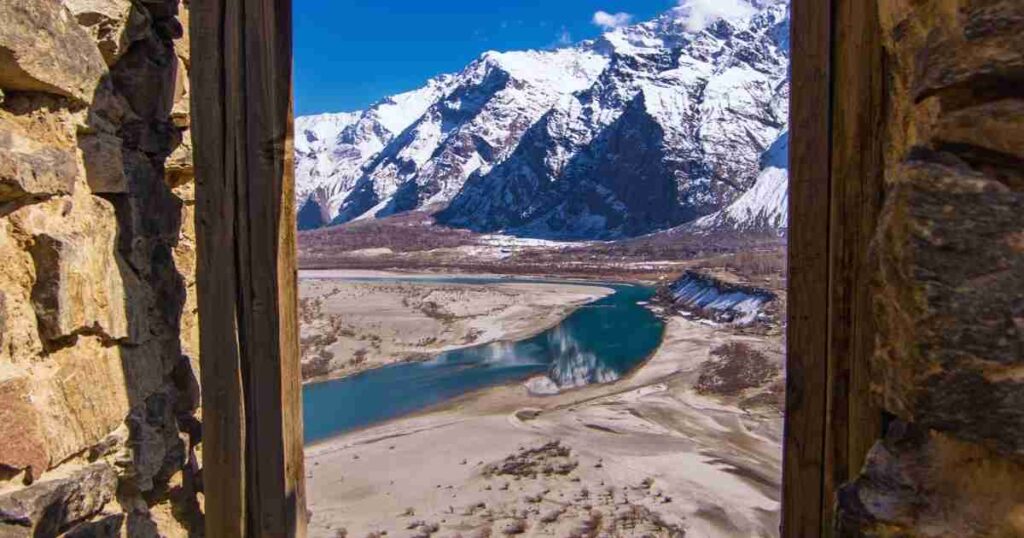
Shigar Fort (Fong Khar)
Beautifully restored by the Aga Khan Trust, the 400-year-old Shigar Fort [10:43] is a masterpiece of Balti architecture. Now a heritage hotel, it offers a unique chance to experience royal history firsthand. Its intricate woodwork, beautiful gardens, and historical artifacts provide a fascinating glimpse into the region’s past.
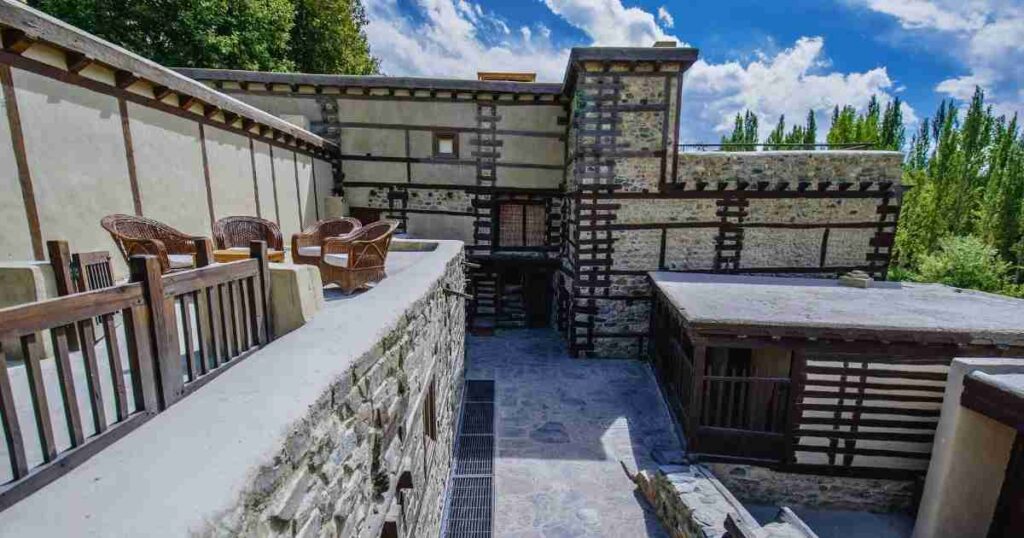
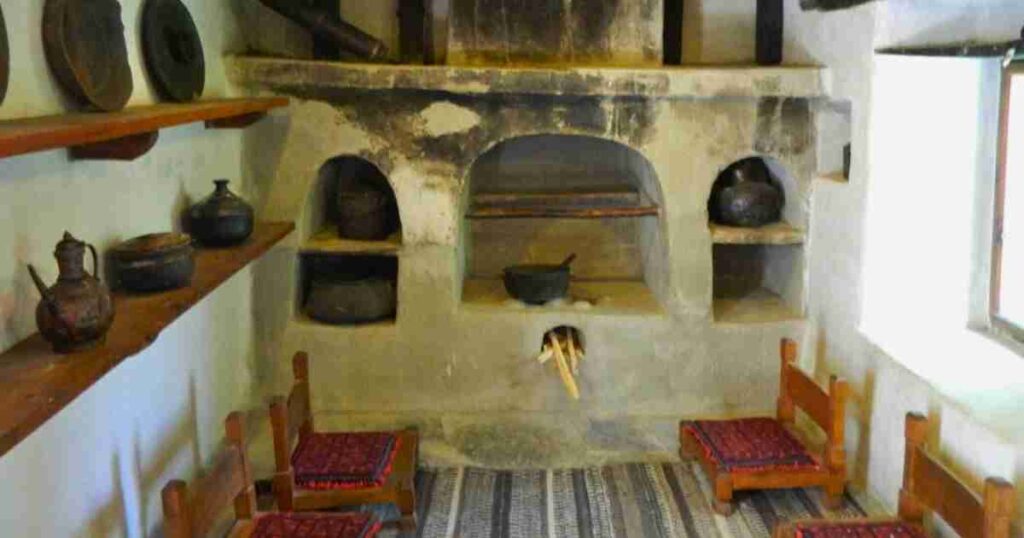
Katpana Desert (Cold Desert)
Imagine sand dunes set against a backdrop of snow-capped, 7,000-meter peaks. That’s the surreal beauty of the Katpana Desert. It’s one of the highest and coldest deserts in the world, offering a landscape that feels like it’s from another planet.
What to do: For the ultimate thrill, experience a jeep safari across the dunes [09:06] or even go paragliding for a bird’s-eye view of this incredible landscape [07:29].

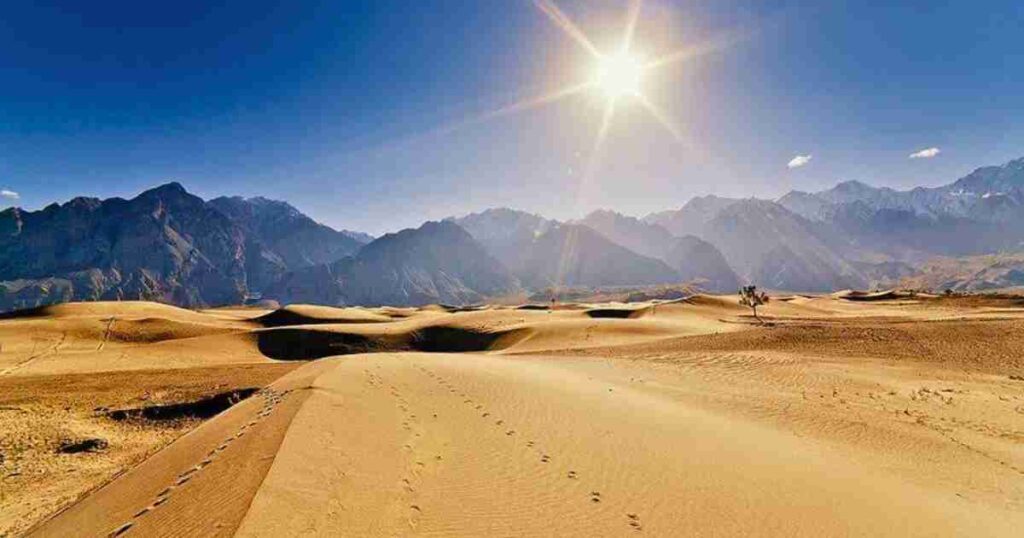
Manthokha Waterfall
Tucked away in the Kharmang Valley, Manthokha is one of the most impressive waterfalls in the region [22:07]. The sheer volume of water crashing down from 180 feet into a serene pool below is a sight to behold. The lush green surroundings make it a perfect spot for a day trip and a picnic.
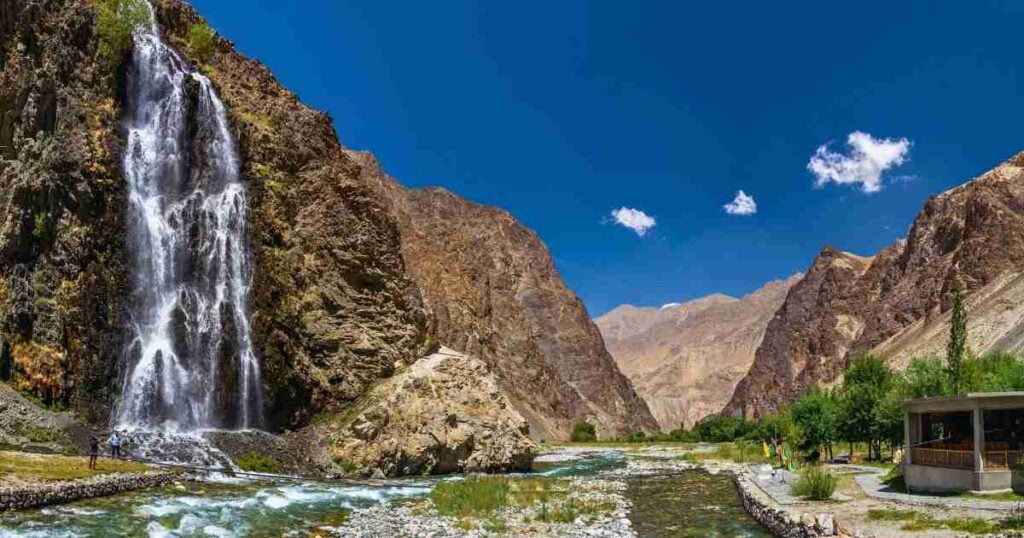

Conclusion
Skardu is not just a destination but an unforgettable experience. Explore the turquoise waters of Upper Kachura Lake, the unique Katpana Desert, and historic forts, along with the stunning Manthokha Waterfall.
Whether you seek adventure in Deosai, peace by clear lakes, or rich cultural history, Skardu offers experiences that last beyond photos. The beautiful scenery, with snow capped mountains and ancient fortresses, creates lasting memories.
As you plan your 2025 trip to Pakistan, remember that Skardu welcomes curious travelers. Get ready for amazing landscapes and warm hospitality that show you why it is called the gateway to giants.
Frequently Asked Questions
What’s the best way to get to Skardu?
The easiest and most scenic way is the one-hour flight from Islamabad directly to Skardu Airport. The views of the mountains from the plane are spectacular. Alternatively, you can travel by road via the Karakoram Highway, but this is a long journey (2-3 days) and is only recommended in the summer months.
How do I get around within Skardu?
Renting a 4×4 Jeep with a local driver is the best option. Public transport is limited, and a local driver knows the terrain and can take you to all the best spots safely, especially for adventures to places like Deosai or Bashu Valley.
What is the best time of year to visit?
For pleasant weather and lush green landscapes, the summer months (May to September) are ideal. Spring and autumn offer beautiful colors and fewer crowds. Winter (December to February) is extremely cold and snowy, which is an adventure in itself, but many roads may be closed.
What local food must I try?
You have to try the local Balti cuisine! Look for Chapshuro (a savory meat-filled pastry), local noodle dishes like Prapu, and enjoy the unique flavor of Yak butter tea.
What should I know about local customs?
Skardu has a traditional and respectful culture. It’s important to dress modestly, especially when visiting religious sites like the historic Amburiq Mosque or Chaqchan Mosque. Always ask for permission before taking photos of people. Learning a simple greeting like “As-salamu alaykum” will be warmly received.


